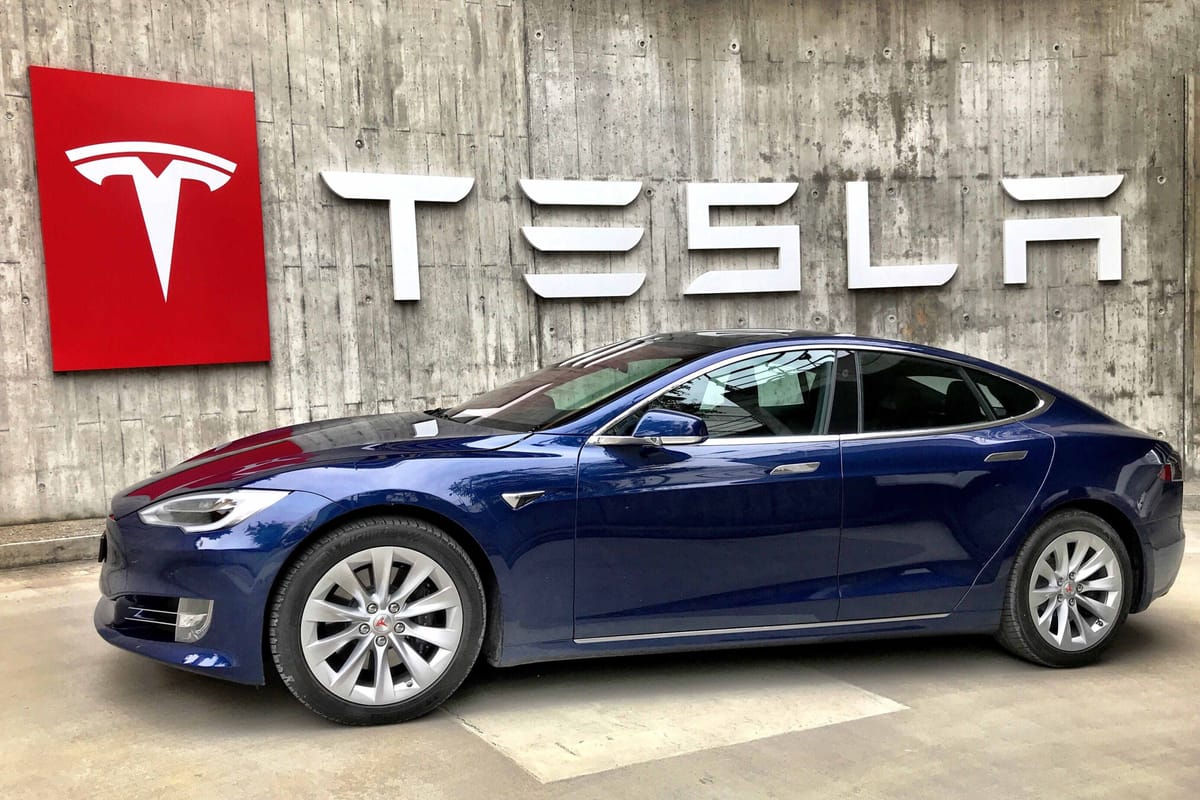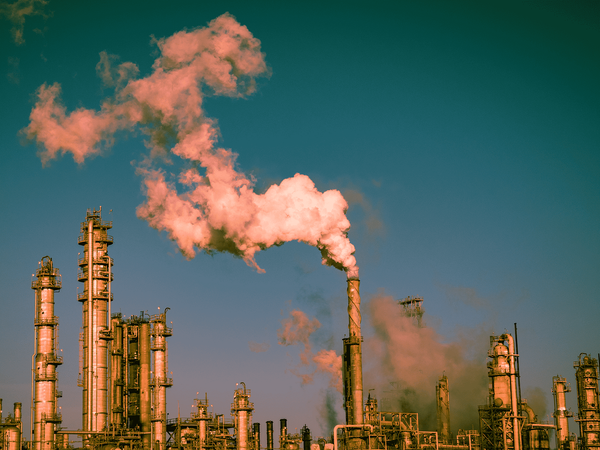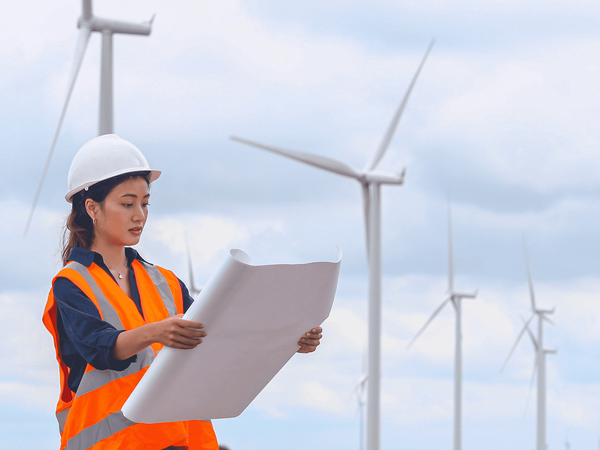Tesla's controversial $5.5B European factory opens in Berlin

On 22nd March 2022 in Berlin, Elon Musk danced as he officially opened Tesla’s first manufacturing plant in Europe, worth $5.5 billion. The factory is expected to produce up to 500,000 vehicles annually and provide approximately 12,000 jobs.
Considering the growing demand for Electric Vehicles (EVs) worldwide, Tesla has shown an interest to expand globally for a long time. Recognizing the high-quality German Engineering, Elon Musk chose Berlin, the capital of Germany, as a base for Tesla’s European Plant.
Although the plan was to start producing vehicles by the early summer of 2021, the COVID pandemic, supply chain complications, and clashes with environmentalists slowed the progress.
The opening of the Gigafactory means the company now doesn’t have to rely on the U.S. and China to feed its demand to European customers. However, not everyone is in favor of Tesla’s Gigafactory. Although politicians and industry groups welcomed the initiation, environmentalists think otherwise.
Since the announcement of the building plan in 2019, this Gigafactory has constantly faced criticism and protests from environmentalists. Protesters have regularly expressed their concern that the huge number of trees have been sacrificed to build the plant and additionally, it will be using too much water.
It is not the first time that the protests in Germany have attracted huge attention. Previously, protesters halted and delayed major companies’ plans, such as RWE’s lignite mining at the Hambach forest, near Cologne. So what are protesters saying this time?
Tesla destroyed the forest
The Gigafactory, which is in Grünheide, within commuting distance from Berlin was originally supposed to be a forest area, a home to wildlife. So, for most protesters, the location could be the main problem although the pine plantation forest itself is an industrial forest, planted solely for industrial use.
When the contract for the construction was signed, Tesla promised to plant three times as many trees as they cut down. In reality, keeping their promises, Tesla planted not just pine trees in return but also deciduous trees, which provide more environmental value. In late 2020, Tesmanian reported that tesla will finish the year by planting additional 183,000 tree seedlings and 22,000 bushes planted on 50 hectares of which 70% are deciduous.
Supporting Tesla, the German Forest Protection Association issued a statement saying Tesla’s factory is justified in cutting down the trees because those trees were planted with the purpose of being cut down in the first place.
The factory destroyed wildlife
Another concern exposed by the protesters was that deforestation affected the wildlife in the forest. In February 2020, a court temporarily halted deforestation work after the environmentalists raised concern over the alleged impact on wildlife. Afterward, Tesla has announced its effort of measures to relocate wildlife from the affected area. As a result, wildlife, such as lizards, snakes, bats, and birds were taken care of and moved to a safe place without destruction.
‘Tesla Is stealing our water’
Said the protesters. So far, the use of water has been the biggest hurdle for the plant. Tesla came very close to losing its water supply contract at the beginning of this year when the pro-environment group filed a complaint claiming the Brandenburg environmental ministry failed to carry out sufficient checks before granting the license to the Wasserverband Strausberg-Erkner (WSE).
In one of the protests, a young environmental activist pointed out that Tesla’s plans show it would need more than 300 cubic meters of water per hour. Another group claimed that Tesla would need 1.4 million cubic meters of water a year to run the plant. That is water supply to a 30,000-person town.
One article has stated that after construction phases, it will consume about 3.6 million cubic meters of water per year. It is equivalent to as much water as a town with 40,000 inhabitants. If this is the case, what some sources are saying could be true, that the company may need additional water usage permits to expand its capacity in the future. However, A new report has emerged that Wasserwerk Eggerdorf has agreed to provide water to Tesla, which will be enough for the factory.
What else could go wrong?
Consider those 12,000 jobs, which means 12,000 people, their plus one and their children, children’s children, and so on. In a decade, it could be a village. Based on the data between the years 2015 and 2020, housing construction activity in Germany increased by 22 %.
The Gigafactory could attract construction activities around the area. This means we should expect pollution and population growth, which are equally destructive to the environment.
Using a huge amount of water could also add additional destruction to the environment. One paper stated that on average, water and wastewater utilities emit 0.46 and 0.38 kg CO2/m3 respectively, equating to 2% of total U.S. electric emissions. In addition, energy consumption at water and wastewater utilities emits more CO2 emissions than 9 million cars each year.
What are the plus points?
Localization is one of the important practices when we are fighting against climate change. It helps if we are promoting local products and reducing imports as much as possible. The same could be said about this case. Building Gigafactory in Berlin that will focus European market means the vehicles don’t have to be imported from the US and China to Europe. Last year, only in the third quarter, Tesla delivered 241,300 cars worldwide, 73 % up from a year earlier, most of them to Europe and Asia.
The European Commission stated that Maritime transport is responsible for approximately 940 million tonnes of CO2 annually, which is about 2.5% of global greenhouse gas emissions (GHG). From 2015 data, shipping emissions represent around 13% of the overall EU GHG emissions from the transport sector. Having the factory at the doorstep means, EU customers can contribute to decreasing this emissions number. CO2 emission from transport is also something we must consider.
Transportation shared approximately 20% of the CO2 emissions worldwide in 2020, most coming from road travel, such as cars and buses. In a long run, EVs have the benefit of zero direct emissions. Considering their contribution to emissions, which comes from the source of electric power, it is still about 34% less than gasoline vehicles.
So, the factory is already opened, and production has started. We can only wait and see how Tesla withstands the test of appropriate water usage and air pollution control.



